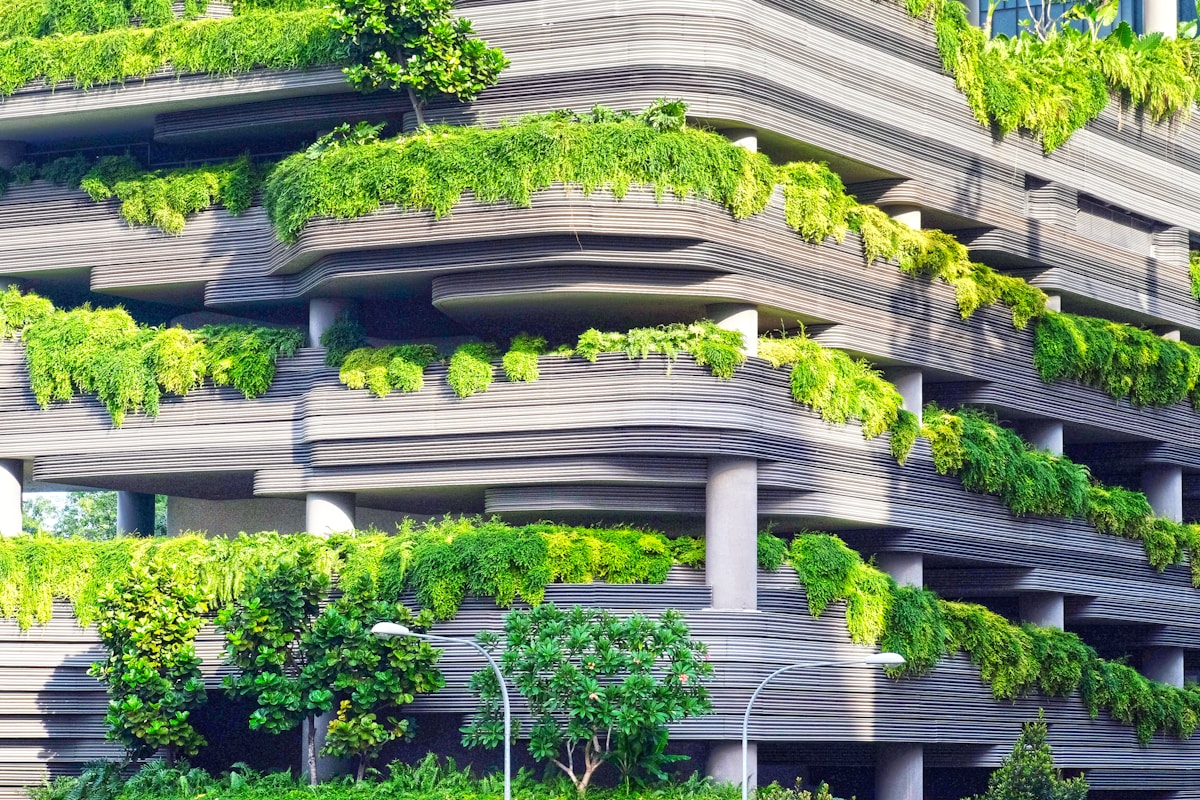
Introduction:
Architectural design is on the cusp of a transformative era, driven by technological advancements, environmental concerns, and evolving societal needs. As we look to the future, the field of architecture is poised to undergo profound changes that will redefine the way we design and experience the built environment. In this blog, we will explore the exciting trends and innovations that are shaping the future of architectural design and paving the way for a new era of creativity, sustainability, and human-centered spaces.
Sustainable and Net-Zero Design: Sustainability has become an integral part of architectural design, with a growing emphasis on achieving net-zero energy and carbon-neutral buildings. Architects are incorporating renewable energy systems, advanced insulation techniques, and passive design strategies to minimize energy consumption and environmental impact. From solar panels and wind turbines to green roofs and rainwater harvesting, sustainable technologies are being seamlessly integrated into the fabric of buildings, ensuring a harmonious relationship with the natural environment.
Biophilic Design and Well-being: The future of architectural design places a strong focus on enhancing human well-being by incorporating biophilic design principles. Biophilic design seeks to connect people with nature, integrating natural elements such as daylight, vegetation, and natural materials into the built environment. These elements have been shown to reduce stress, improve cognitive function, and enhance overall health and happiness. Architects are exploring ways to create spaces that foster a deep connection with nature, promoting physical and mental well-being for occupants.
Digitalization and Building Information Modeling (BIM): The digital revolution is reshaping architectural design, offering new tools and methodologies to streamline the design and construction process. Building Information Modeling (BIM) has emerged as a powerful tool, enabling architects to create detailed 3D models that encompass every aspect of a building's design, construction, and operation. BIM facilitates seamless collaboration between architects, engineers, and contractors, resulting in more accurate designs, improved efficiency, and reduced costs. Furthermore, virtual reality (VR) and augmented reality (AR) technologies are transforming the way architects present and experience their designs, offering immersive and interactive environments.
Adaptive Reuse and Circular Economy: In an era of resource scarcity and environmental consciousness, the adaptive reuse of existing structures and the embrace of circular economy principles are gaining traction. Architects are finding innovative ways to repurpose and retrofit old buildings, reducing waste and minimizing the environmental impact of construction. Adaptive reuse not only preserves architectural heritage but also promotes sustainable development by extending the lifespan of structures and reducing the demand for new construction. The concept of the circular economy, which focuses on minimizing waste and maximizing the use of resources through recycling and upcycling, is driving a shift towards a more sustainable and responsible approach to architectural design.
Resilient and Smart Cities: Architectural design is playing a crucial role in shaping the future of cities, with a strong emphasis on resilience and smart technologies. As climate change poses increasing threats, architects are designing buildings and urban spaces that can withstand natural disasters and adapt to changing environmental conditions. Resilient cities prioritize sustainable infrastructure, flood-resistant design, and efficient transportation systems to create safe and livable environments. Moreover, the integration of smart technologies, such as the Internet of Things (IoT), data analytics, and autonomous systems, is transforming cities into interconnected ecosystems that optimize resource allocation, improve efficiency, and enhance the quality of life for residents.
Conclusion:
The future of architectural design holds immense potential to create sustainable, resilient, and human-centered spaces. By embracing sustainability, digitalization, and innovation, architects are leading the way in shaping a new era of design that addresses pressing environmental challenges and enhances the well-being of individuals and communities. From net-zero energy buildings and biophilic design to digital tools and circular economy principles, the future of architectural design is driven by a deep commitment to creating a built environment that is not only aesthetically pleasing but also environmentally responsible and socially conscious.
As architects, it is our responsibility to embrace these emerging trends and harness the power of technology, sustainability, and human-centered design principles. By pushing the boundaries of creativity, incorporating sustainable practices, and prioritizing the well-being of occupants, we can shape a future where architecture becomes a catalyst for positive change.
Furthermore, collaboration and interdisciplinary approaches will play a crucial role in the future of architectural design. Architects must work hand in hand with engineers, urban planners, environmental experts, and communities to create integrated and holistic solutions that address complex challenges. By fostering partnerships and engaging stakeholders throughout the design process, architects can ensure that the built environment reflects the diverse needs and aspirations of society.
In conclusion, the future of architectural design is an exciting frontier that holds immense potential for innovation, sustainability, and human well-being. By embracing sustainable practices, leveraging digital tools, repurposing existing structures, and designing resilient and smart cities, architects can shape a future where our built environment is in harmony with the natural world and enhances the quality of life for present and future generations. Let us embrace the opportunities that lie ahead and collectively build a future where architectural design becomes a driving force in creating a more sustainable, resilient, and inclusive world.